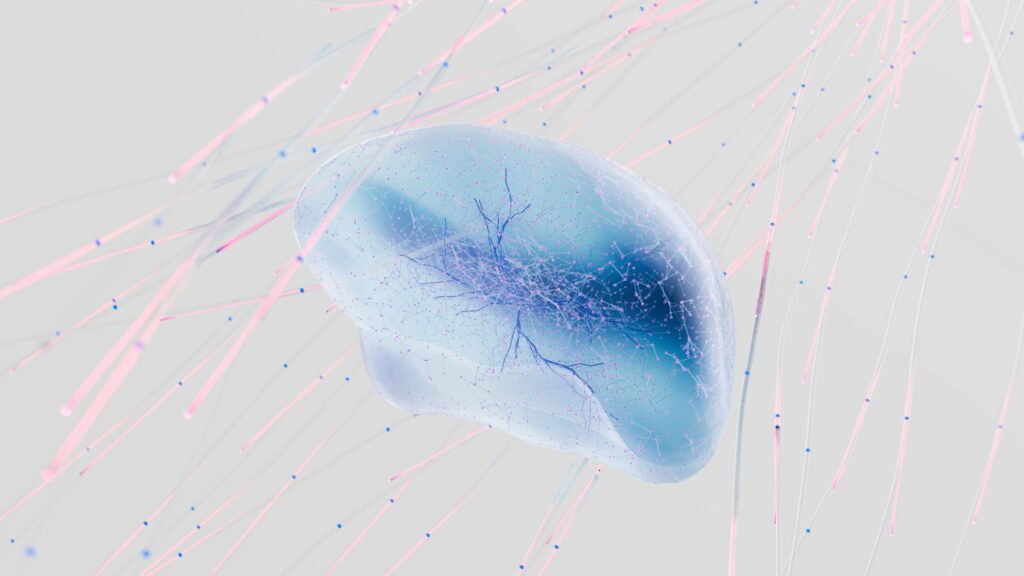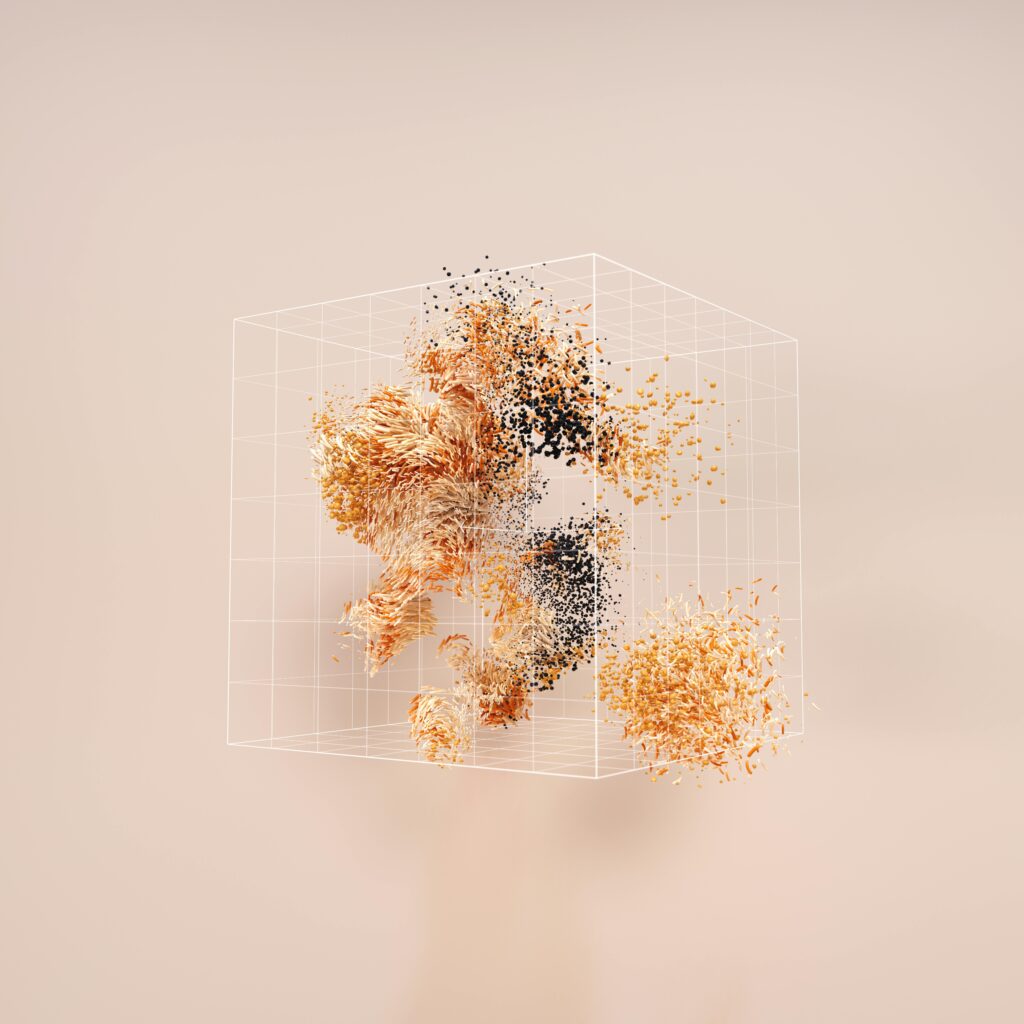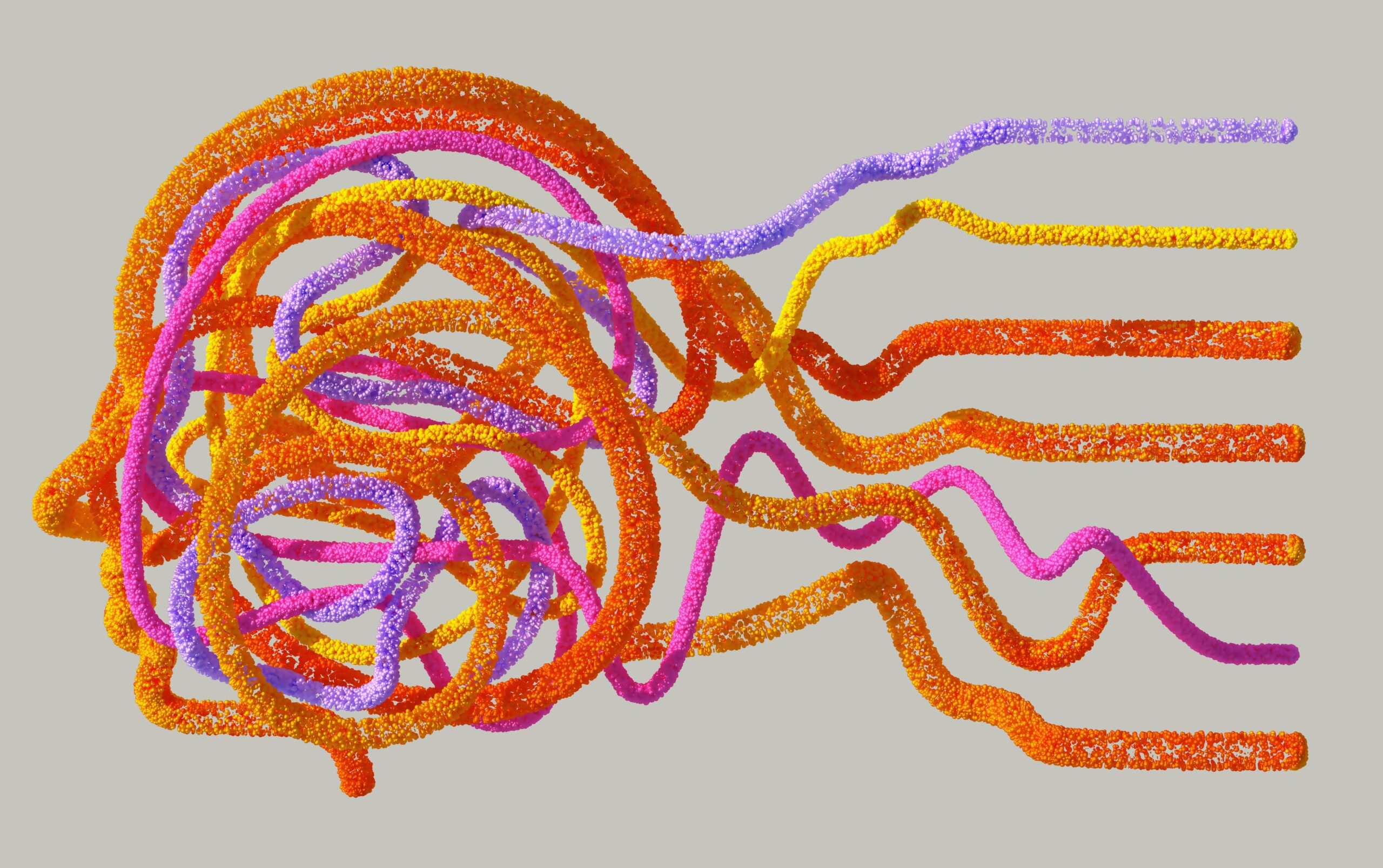Introduction: Merging Mind and Machine
Imagine controlling a computer with your thoughts, restoring mobility to paralyzed limbs, or even augmenting human intelligence with artificial cognition. This is the promise of brain-computer interfaces (BCIs)—a revolutionary technology bridging neuroscience and artificial intelligence.
At the forefront is Neuralink, Elon Musk’s ambitious venture to implant chips in human brains. But Neuralink is just the beginning. By 2030, BCIs could redefine medicine, communication, and even what it means to be human.
This in-depth guide explores:
✔ How Neuralink and BCIs work
✔ Medical breakthroughs in paralysis and neurodegenerative diseases
✔ Ethical dilemmas: Privacy, hacking, and human enhancement
✔ Competitors racing against Neuralink
✔ Predictions for 2030 and beyond

1. Neuralink Unveiled: How It Works
🧠 The Neuralink Implant
- Thread-like electrodes thinner than hair (4–6 μm) are implanted into the brain.
- N1 Sensor: A coin-sized chip processes neural signals wirelessly.
- Robot Surgeon: A precision robot performs the minimally invasive procedure.
🔌 Current Capabilities (2024)
- Medical Focus: Restoring movement for paralysis patients (FDA-approved human trials).
- Data Transfer: Wireless transmission to devices (e.g., controlling a cursor with thought).
- Bandwidth: Faster than typing—enables telepathic texting.
2. Medical Breakthroughs: BCIs Healing the Brain
🏥 Treating Paralysis & Spinal Cord Injuries
- Success Story: A paralyzed man played chess via Neuralink (2024).
- University of Pittsburgh: BCI lets patients control robotic arms with 90% accuracy.
🧬 Combating Neurodegenerative Diseases
- Parkinson’s Disease: BCIs reduce tremors (FDA-approved Deep Brain Stimulation).
- Alzheimer’s: Early trials use BCIs to restore memory encoding.
👁️ Restoring Vision & Hearing
- Second Sight’s Argus II: BCI partially restores vision to the blind.
- Cochlear Implants: Already help 700,000+ people hear.
3. Beyond Medicine: The Cognitive Enhancement Era
💡 Brain Augmentation
- Memory Uploads: DARPA’s RAM Program explores saving/recalling memories digitally.
- Learning Acceleration: BCIs could download skills (e.g., “Matrix”-style kung fu).
📡 Telepathy & Digital Communication
- Neuralink’s Goal: Enable direct brain-to-brain messaging by 2030.
- Facebook’s (Meta) BCI Research: Typing via thought at 100 words/minute.
🎮 Gaming & Entertainment
- VR/AR Integration: BCIs could replace controllers for full-dive immersion.

4. The Dark Side: Risks & Ethical Dilemmas
⚠️ Privacy Concerns
- Brain Data Hacking: Could governments or corporations read your thoughts?
- Neural Surveillance: China’s Brain-Controlled Police Drones raise alarms.
⚡ Security Threats
- “Brain Malware”: Hackers could hijack motor functions or induce pain.
- Identity Theft: Stealing neural signatures like passwords.
🧬 Human Inequality
- “Neuroprivilege”: Enhanced cognition could widen societal gaps.
- Ethics of Enhancement: Should BCIs be limited to medical use?
5. Neuralink’s Competitors: Who Else Is in the Race?
| Company/Institution | Breakthrough | Status |
|---|---|---|
| Synchron | Stentrode (BCI via blood vessels) | FDA-approved trials |
| Blackrock Neurotech | Longest-running human BCI trials (20+ yrs) | Restoring movement |
| Precision Neuroscience | Layer 7 Cortical Interface (less invasive) | Human trials 2025 |
| DARPA | Next-Gen Non-Surgical BCIs | Military applications |
6. The Future: Predictions for 2030 and Beyond
🚀 2025–2030 Timeline
- 2025: Neuralink expands beyond paralysis to depression & epilepsy treatment.
- 2027: First consumer BCI for gaming/communication.
- 2030: “Brain Internet” allows direct knowledge sharing.
⚡ Sci-Fi or Reality?
- Full Dive VR: Likely by 2040.
- Mind Uploading: Still speculative, but research underway.

Conclusion: A New Frontier for Humanity
BCIs like Neuralink could cure diseases, redefine communication, and blur human-machine boundaries. But with great power comes ethical responsibility. Key questions remain:
✔ Who controls our neural data?
✔ Should cognitive enhancement be regulated?
✔ Can we prevent a “brain divide”?
One thing is certain: The age of brain-computer fusion has begun.


